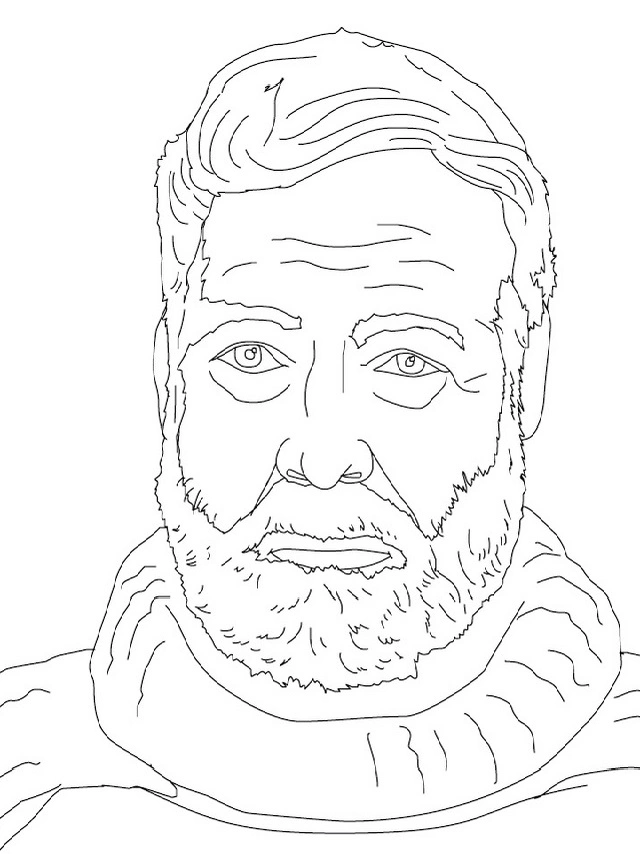Ernest Hemingway I INTRODUCTION Ernest Hemingway Twentieth-century American author Ernest Hemingway wrote novels and stories that reflected his rich life experiences as a war correspondent, outdoor sportsman, and bullfight enthusiast.
Publié le 12/05/2013
Extrait du document


«
In his early work Hemingway used themes of helplessness and defeat, but in the late 1930s his writing began to reflect concerns about social problems.
His novel To Have and Have Not (1937) and his play The Fifth Column, published in The Fifth Column and the First Forty-nine Stories (1938), strongly condemned economic and political injustice.
Two of his best short stories, “The Short Happy Life of Francis Macomber” and “The Snows of Kilimanjaro,” were part of the story collection.
In theclassic novel For Whom the Bell Tolls (1940), which is set during the Spanish Civil War, Hemingway expresses the view that the loss of liberty anywhere in the world is a threat to liberty everywhere.
During the following decade Hemingway's only literary efforts were Men at War: The Best War Stories of All Time (1942), which he edited, and the novel Across the River and into the Trees (1950).
In 1952 Hemingway published The Old Man and the Sea, a powerful, short novel about an aged Cuban fisherman and his battle to land a giant marlin.
The work won the 1953 Pulitzer Prize in fiction.
In 1954 he was awarded the Nobel Prize in literature.
The last work published during Hemingway’slifetime was Collected Poems (1960).
Hemingway committed suicide in Ketchum, Idaho, in 1961.
His posthumously published works include A Moveable Feast (1964), an account of his early years in Paris; Byline: Ernest Hemingway (1967), a collection of selected newspaper articles and dispatches; Ernest Hemingway, Cub Reporter: Kansas City Star Stories (1970); Islands in the Stream (1970), a sea novel; the unfinished novel The Garden of Eden (1986); and True at First Light (1999), a book edited by Hemingway's son Patrick from a draft manuscript.
Microsoft ® Encarta ® 2009. © 1993-2008 Microsoft Corporation.
All rights reserved..
»
↓↓↓ APERÇU DU DOCUMENT ↓↓↓
Liens utiles
- William Faulkner I INTRODUCTION William Faulkner Twentieth-century American novelist William Faulkner wrote novels that explored the tensions between the old and the new in the American South.
- Wolfgang Amadeus Mozart I INTRODUCTION Wolfgang Amadeus Mozart Wolfgang Amadeus Mozart, an 18th-century Austrian classical composer and one of the most famous musicians of all time, came from a family of musicians that included his father and sister.
- American Literature: Poetry I INTRODUCTION Phyllis McGinley American poet and author Phyllis McGinley composed light, witty verse, much of which deals with family life.
- Poetry I INTRODUCTION Phyllis McGinley American poet and author Phyllis McGinley composed light, witty verse, much of which deals with family life.
- Gone with the Wind Gone with the Wind, motion-picture epic about a tempestuous Southern belle and the changes in her life due to the American Civil War (1861-1865), based on the bestselling novel by Margaret Mitchell.


